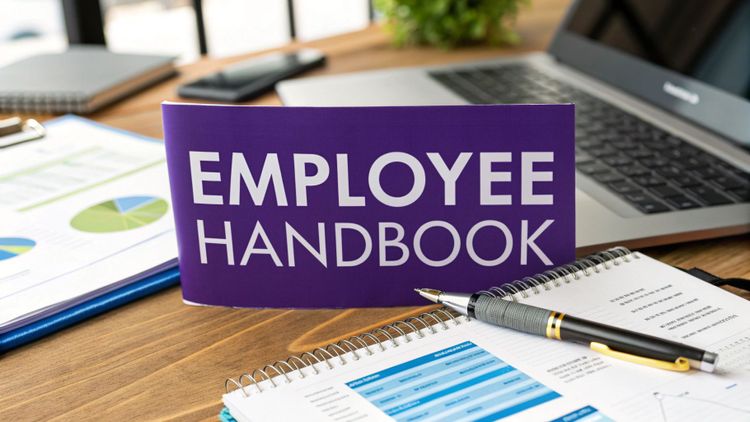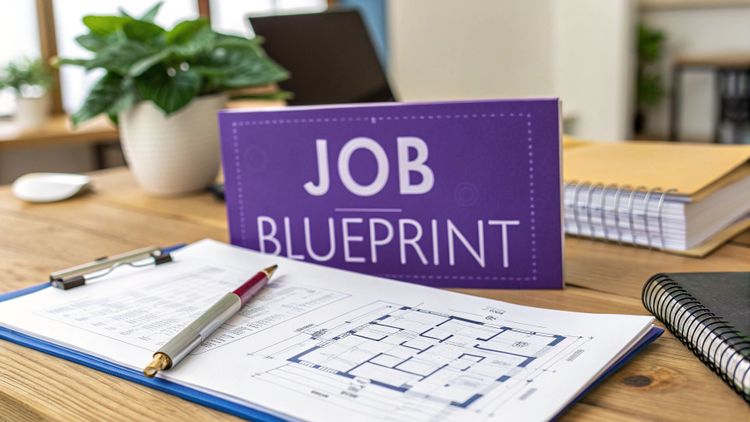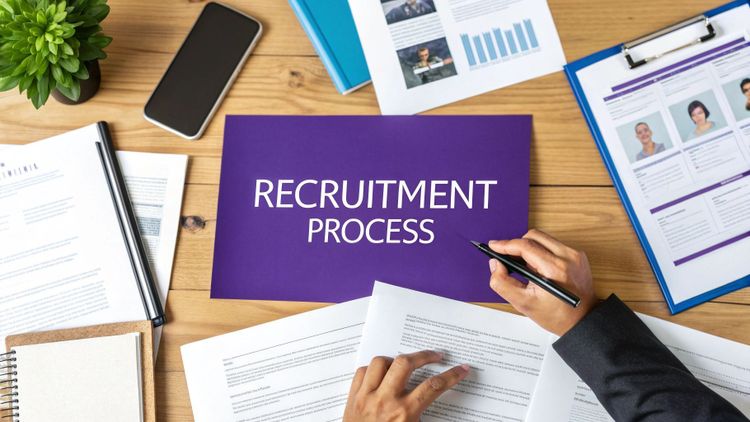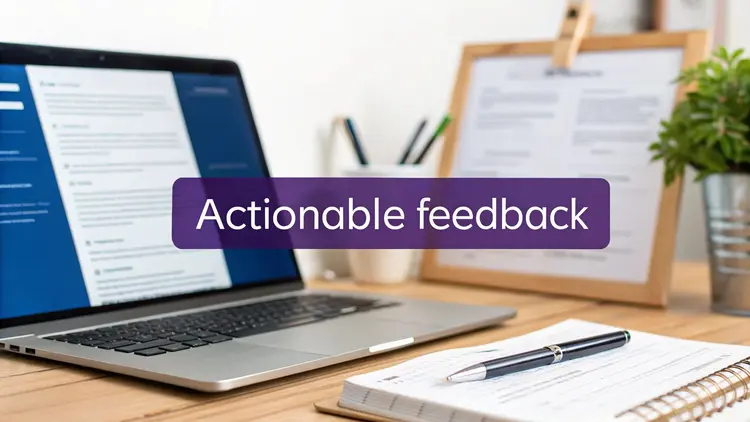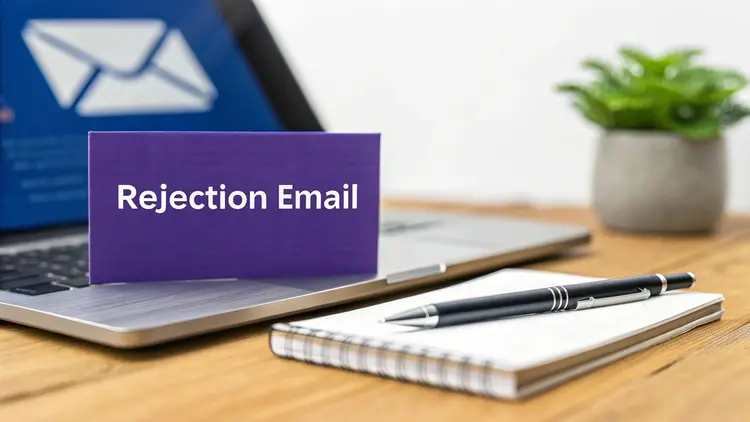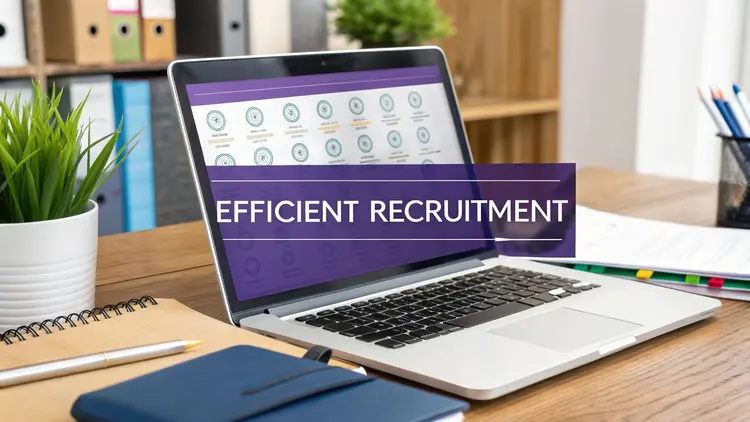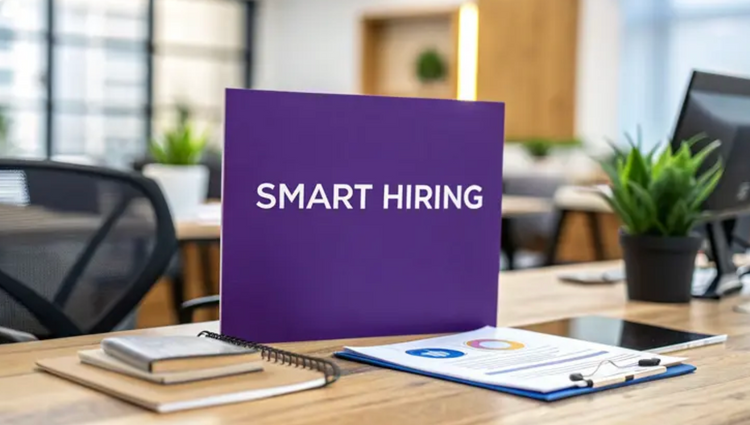HR Processes
9 Tips to Create a More Efficient Hiring Process

Indeed, the quality of our hires and the speed by which we make them are two of the most crucial factors that underpin most hiring operations.
But how exactly can recruiters and hiring managers improve their results? What are the steps to take to design a more efficient hiring process?
This article will discuss 9 tried and tested tips on efficiency, broken down into two phases: preparation and execution. These steps will help guide you through creating a more efficient hiring process for your company.

Phase 1: Prepare
Before your campaign even starts, you should have already laid down the proper foundations. In this spirit, the adage runs true: those who fail to plan, plan to fail.
Here are some things that you should do before executing your next hiring campaign.
1. Plan for the Long Run
Your planning serves as the foundation for everything that will happen during your recruitment campaigns. It’s no surprise that the success or failure of your initiatives hinges here.
For many new companies and small businesses, planning for recruitment means arranging immediate issues such as when, where, and how it will happen.
However, this is a reactive and short-term approach – you’re merely laying down what will happen shortly, not setting your company up for success.
Instead, go deeper than current needs and consider your company’s future. Create short, mid, and long-term plans for best results. Make a flexible framework of action that you can hone throughout the years and engage with the various departments that will also need to contribute their input.
2. Set a Clear Goal
Like having a clear plan, having a definite goal will also guide your path to improving your hiring process.
However, most recruitment managers set goals that are vague and unclear such as “improve quality of hire” or “reduce costs.”
Go for SMART goals instead. SMART stands for Specific, Measurable, Achievable, Relevant, and Timely. This means goals that you can measure concretely and optimise for actual, real-world success.
The first thing you have to do during your goal-setting session is to clarify what success means for your organisation. How do you measure the quality of your hire and how difficult was it to attain?
The best way to go about this is to become more data-centric.
The role of data in recruitment is ever-increasing and setting goals and measuring your progress is just the start. To accomplish these, you need to define and track your key HR metrics accurately and regularly measure how you’re doing.
3. Cultivate a Positive Employer Brand
Employer branding has always been critical.
Many people prefer working for and supporting companies that have a reputation for treating their team well.
However, in today’s world, employee branding is becoming more critical than ever because of the way information spreads.
The internet and social media have completely revolutionised the way people consume information – and they’ve also changed the ways companies interact with the world.
When people are more connected than ever, a single viral tweet about your work conditions or a YouTube video about how a company treats its workers will immediately create a bad image, like what Amazon has experienced.
Thus, you need to maintain a strong employer brand more than ever. You can do that with the following simple tips.
- Monitor and expand your internet presence. Be active on a social media account of your choice and maintain a blog. 83% of job seekers will consider your company brand before they decide to apply or not.
- Overcommunicate with candidates. During recruitment, the company that communicates the most will have a higher chance of engaging and getting the best hire.
- Be transparent. This is especially true during the application process or when writing job descriptions.
4. Build a Network
Business networks are essential, whether they’re for expanding your customer reach, looking for new partners or looking for talent to fill your vacant positions.
With the crucial role of networking in today’s economic climate, it’s no wonder that building a solid network is also beneficial for recruiting more efficiently.
Imagine having business partners who can recommend a key team member for your company or a broad audience who already admire your brand and would be much more willing to work for you.
These are only some of the benefits of having a strong network to back you up. Here are some actionable tips to improve yours.
- Leverage social media. While you polish your employer brand, consider growing a following by engaging with your potential candidates in a meaningful way.
- Attend industry events. Conferences, meetings and seminars are essential avenues for networking. Attending the top HR events will allow you to make valuable connections with others in relevant industries that you would otherwise not have done.
Phase 2: Execute
Now that we’ve laid down the foundations of things to prepare, it’s time to deal with things you can improve during the actual recruitment process. These tips will help you bring out your organisation’s full potential.
5. Design a Talent Pipeline
This calls for developing a system of creating and maintaining relationships with valuable potential candidates so that you can directly go to them when a new position opens up. A strategy like this cuts down on time to hire while at the same time ensuring their quality.
For example, this means designing a process for establishing and maintaining a relationship with previous, high-quality talent. Candidates that made it into the final round but didn’t get picked are precious contacts.
They’ve already proven themselves by reaching the last stage of the interview, plus they’ve already shown their commitment by staying throughout the entire hiring process.
Even if the position wasn’t for them at that time, there’s a possibility that another role will open up – and when it does, wouldn’t it be better to have previously-tested candidates fill it?
Here are several other ways you can create a talent pipeline.
- Actively seek out individuals with high potential and network with them.
- Design and fuel a referral program for your employees.
- Use an ATS that will speed up job distribution and hiring.
6. Establish Clear Internal Communication Channels
Communicating with all parties increases the efficiency of your hiring process.
Communication is extremely vital at all stages of your recruitment. After all, there’s no one person who can keep the entire process moving along by themselves – a high level of coordination is required between hiring managers, recruiting teams and other departments like IT or Finance.
By talking to each other, you can prevent creating organisational silos, which are very dangerous to a fast-paced and highly dynamic process like hiring.
Moreover, it is also essential to learn how to communicate well with candidates.
When candidates know what they should do, what’s expected of them and how they should do it, they perform best.
Sadly, not a lot of companies practice this. As a matter of fact, 68% of candidates are not impressed with their chosen company’s communication policies. In short, just communicating well is enough for you to stand out.
7. Automate as Much as You Can
Automating most of your repetitive administrative tasks is a crucial step if you want a more efficient hiring process.
A reliable Applicant Tracking System (ATS) like SeeMeHired can save you plenty of time and resources by automating some of your work processes and making the rest easier to perform.
For example, posting job descriptions on the most relevant online job boards can be incredibly time-consuming. An ATS can make this easier by publishing new roles on multiple channels with a single click.
There are many other ways that automation can make your recruitment process more efficient, such as the following:
- You can automate applicant communication, such as progress updates, rejection and other messages.
- Utilise AI to automatically match the most qualified candidates to your chosen criteria.
- Automate screening, scheduling, and video interviewing in one platform.
8. Give Equal Priority to Soft Skills and Character
If you want a genuinely efficient hiring process, you should not overlook the quality of the employees that you hire. This means that you need to be focusing on soft skills just as much as you’re looking for technical skills to back up your candidate’s qualifications.
Soft skills are steadily growing in importance in a world where technical training can be done using technology on the job.
9. Design Your Screening Process for Success
If you’re already using an ATS to pre-screen applicants, your recruitment process shouldn’t take too long.
Instead, you will spend the most time screening candidates that applied for the position. Weeding out the best from the good is delicate, systematic work and you will need to be meticulous if you want to achieve the most optimum results.
However, this doesn’t mean that there’s nothing you can do to enhance your candidate screening process. There are plenty of ways to make this phase more efficient.
Here are a couple of tips:
- Standardise interview questions, criteria and other screening requirements across your hiring teams so that you’re not starting from the ground up each time.
- Be more efficient with your time management. Comprehensively schedule your interviews to take up less time in your work hours and prioritise on-the-job trials.
- Use pre-screening strategies that will weed out unqualified applicants immediately. Examples include graded proficiency tests or simple forms.
- Utilise software productivity tools to communicate, manage time and budget, schedule, and conduct interviews.
Making Your Recruitment Process More Efficient in 2022 and Beyond
Your recruitment process is a critical aspect of your organisation’s well-being, so you need to consistently monitor and improve it to build a thriving business.
In this article, we’ve outlined 9 ways that you can improve the quality and speed of your recruitment process. These tips should give your company a head start when ramping up hiring in this year and beyond.





